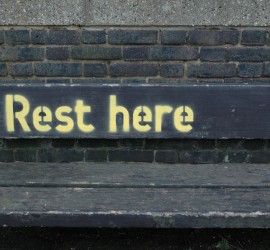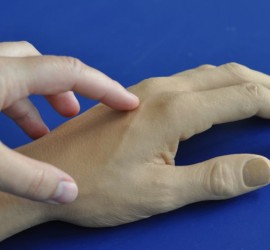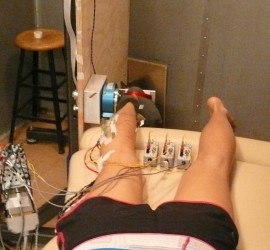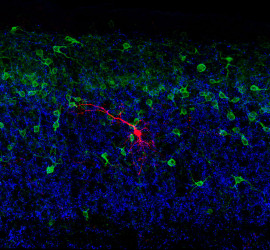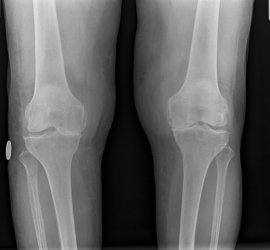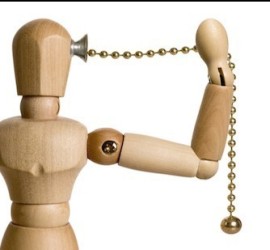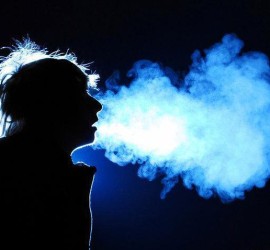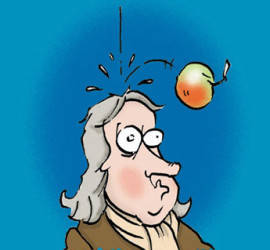Even motoneurons need a break! 4
Motoneurons are the final common pathway for every movement and muscle contraction. Located in the spinal cord, these neurons constantly receive and integrate thousands of tiny electrical signals from various parts of the central and peripheral nervous system. The end result: an action potential that travels down their axon and […]

